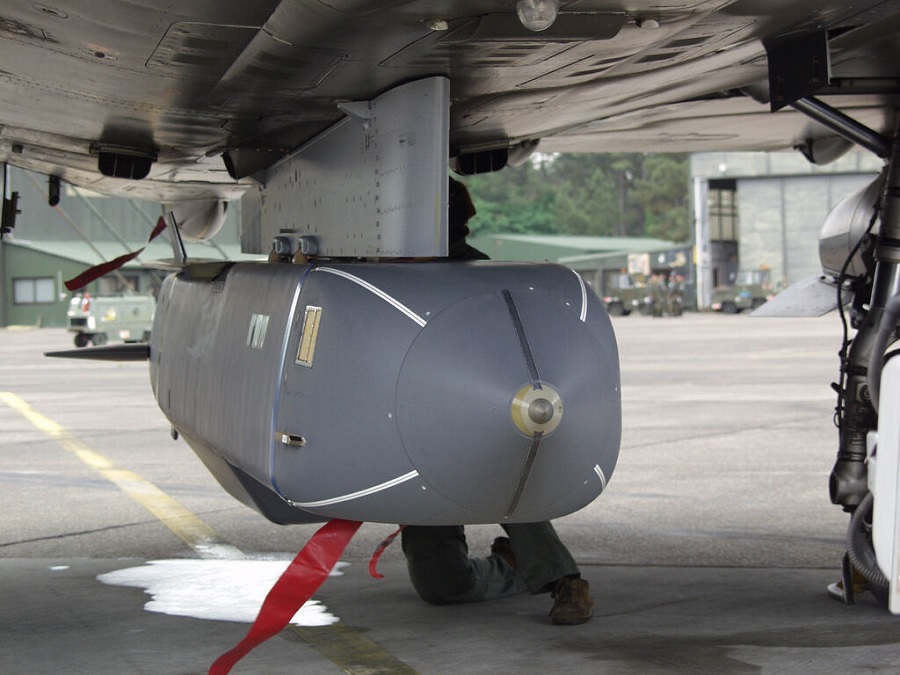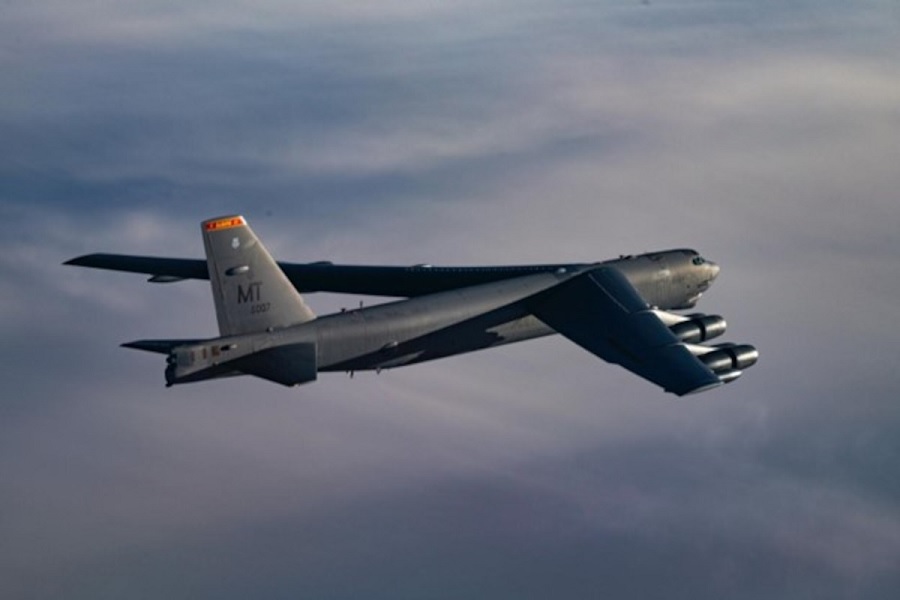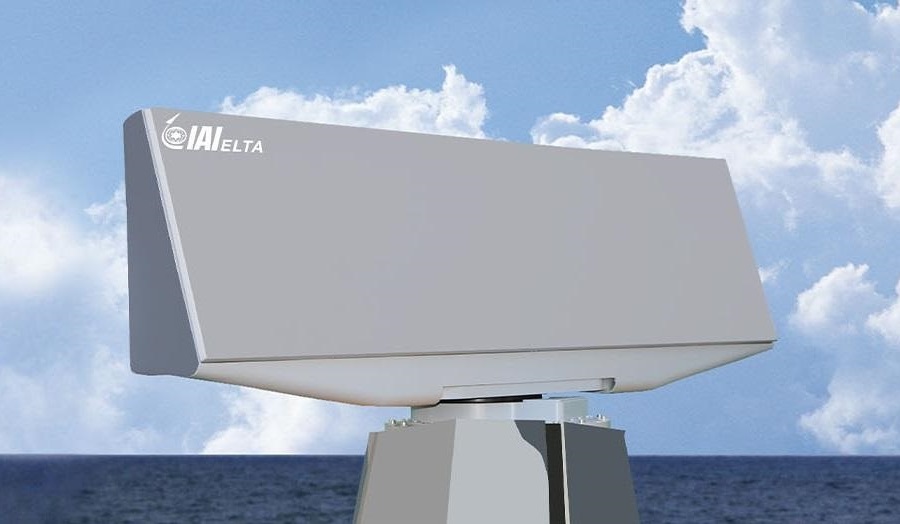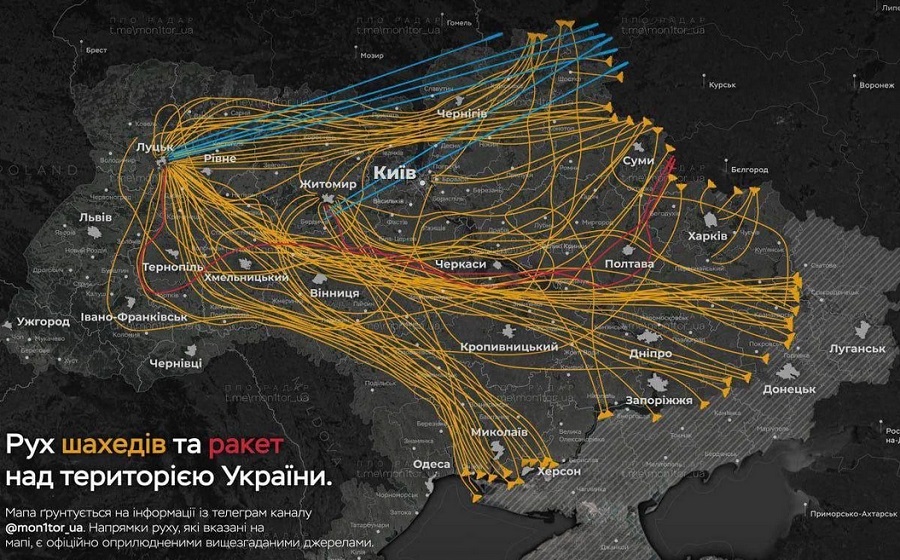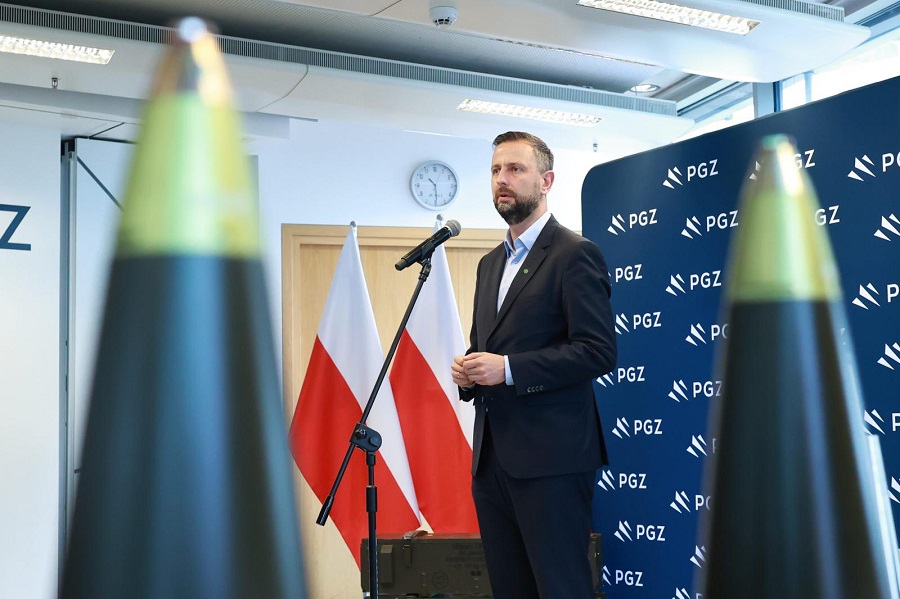GeoXO will provide real-time imagery, significantly enhancing forecasting accuracy and disaster preparedness. The system is expected to be a critical tool in helping communities respond to emerging environmental challenges, including severe storms and wildfires.
Rob Mitrevski, vice president and general manager of Spectral Systems at L3Harris, emphasised the importance of the new technology. He stated that the next-generation imager will offer enhanced capabilities, building on L3Harris’ legacy of providing high-quality mission solutions for the country’s weather monitoring and forecasting needs.
The GeoXO Imager will capture Earth observations using visible and infrared wavelengths, improving the accuracy and timeliness of meteorological predictions. Two additional spectral bands and increased spatial resolution will contribute to better monitoring of severe weather conditions, short-term forecasting, and wildfire detection.
L3Harris is developing this critical weather sensor technology under a contract with NASA, supporting NOAA’s mission to advance weather prediction capabilities. The GeoXO programme is expected to become operational in the early 2030s, replacing and improving upon the GOES-R Series satellites currently in use, which also feature L3Harris’ Advanced Baseline Imager and propulsion systems.

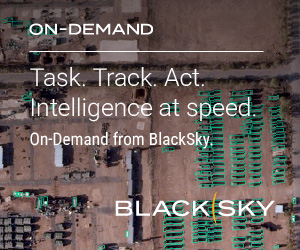







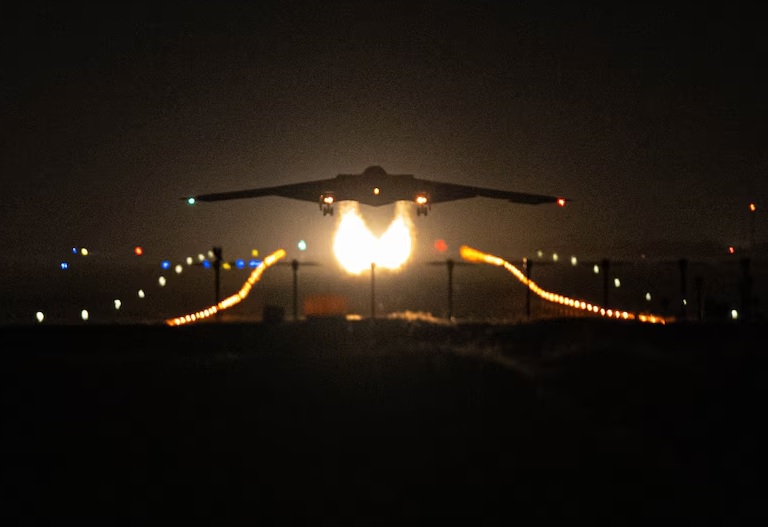
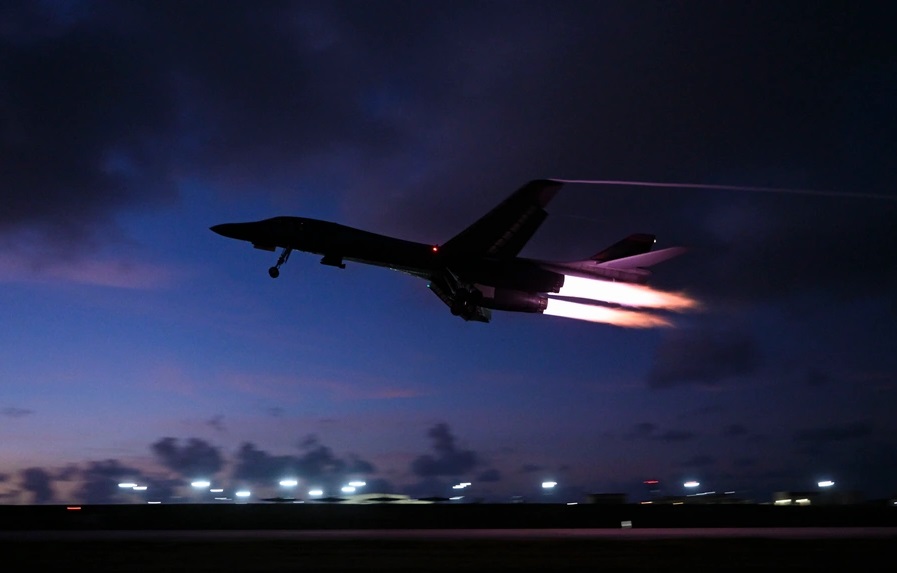
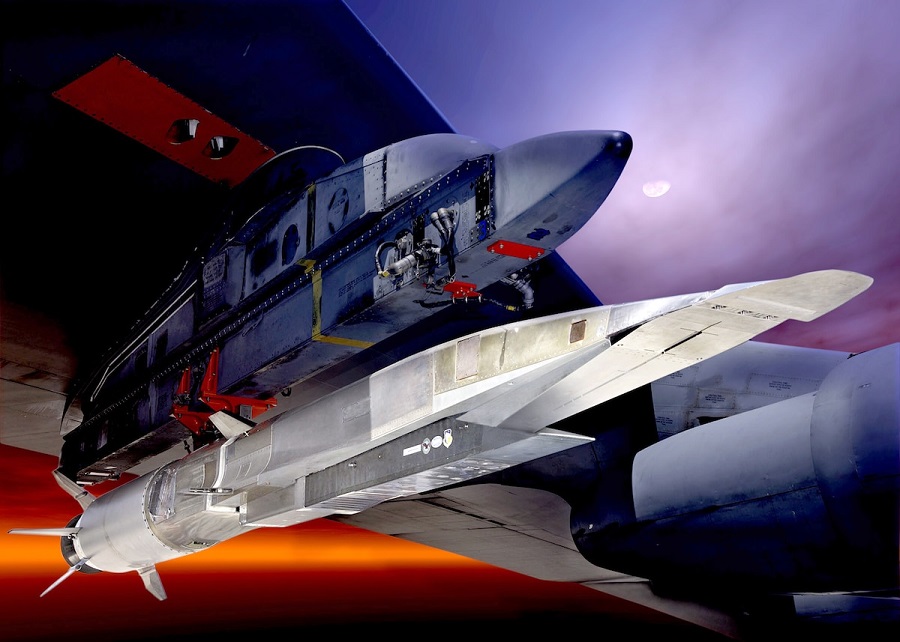
![Northrop Grumman conducts successful test of Mars ascent rocket motor [VIDEO]](https://defence-industry.eu/wp-content/uploads/2025/07/Northrop-Grumman-conducts-successful-test-of-Mars-ascent-rocket-motor-VIDEO.jpg)
